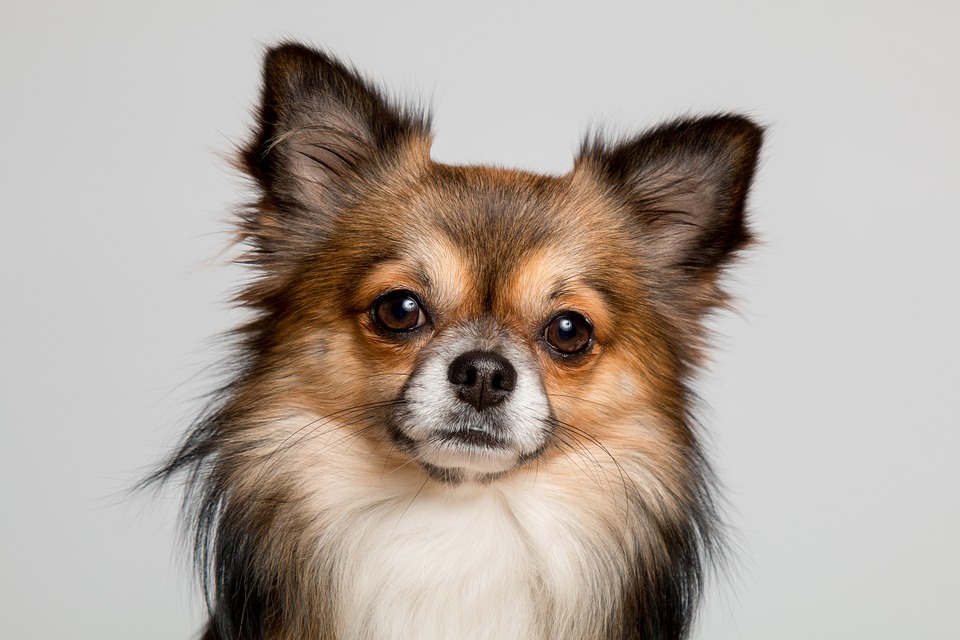Food aggression is a common behavior problem in dogs that can be concerning for pet owners and those who interact with dogs regularly. It is important to understand the causes, signs, and prevention strategies to effectively manage and reduce food aggression in dogs.
Food aggression, also known as resource guarding, refers to a dog’s possessive behavior towards food or food-related items. Dogs exhibiting food aggression often display aggressive behaviors such as growling, snarling, snapping, or even biting when approached or interrupted while eating.
There are several causes of food aggression in dogs. Instinctual behavior plays a role, as dogs have evolved as scavengers, leading them to naturally guard food resources to ensure their survival. Some breeds may have a higher propensity for resource guarding due to their genetic predisposition.
Prior negative experiences can also contribute to food aggression in dogs. Dogs that have experienced food scarcity or competition in the past may develop food aggression as a defensive response. Traumatic incidents during early development stages can also contribute to this behavior.
Lack of socialization is another factor that can lead to food aggression. Dogs that haven’t been properly socialized or exposed to various environments, people, and other animals may develop food aggression. Isolation during critical developmental periods can hinder a dog’s ability to cope with sharing resources.
Recognizing the signs of food aggression is essential for early intervention. Growling and snarling are common vocalizations dogs use to warn others to stay away from their food. Dogs exhibiting food aggression may freeze or stiffen when approached while eating. They may also display a defensive body posture, such as standing over the food bowl. Lip curling and showing teeth are also signs of food aggression, as dogs attempt to intimidate and communicate their desire to protect the food.
Preventing food aggression in dogs requires proactive measures. Early socialization is crucial to reducing the likelihood of food aggression. Expose puppies to various people, animals, and environments during their critical developmental stages.
Positive reinforcement training is an effective method for preventing food aggression. Reward your dog with treats, praise, and affection for calm behaviors around food. Gradually introduce gentle handling and interruptions during mealtime to desensitize the dog to potential triggers.
Avoiding free-feeding and establishing a feeding routine with set meal times can create structure and reduce anxiety around food. Remove any uneaten food after a reasonable period to prevent guarding behavior.
If food aggression persists or escalates, it is important to consult a professional dog trainer or behaviorist. They can provide tailored advice and develop a behavior modification plan.
In conclusion, understanding food aggression in dogs is crucial for both dog owners and individuals who regularly interact with dogs. By recognizing the causes, signs, and prevention strategies outlined in this article, you can effectively manage and reduce food aggression in your canine companion. Prioritize positive reinforcement training and consult professionals when needed to ensure the safety and well-being of your dog and those around them.









